Wild Water Buffalo
- January 30, 2024
- 0 comment
The Wild Water Buffalo, scientifically known as Bubalus arnee, is a remarkable and majestic species native to the wetlands and grasslands of South Asia. This imposing creature is renowned for its sheer size and strength, with adult males often weighing between 700 to 1200 kilograms and sporting large, crescent-shaped horns that can extend over two meters. These buffaloes are predominantly grey or black in color, with a robust build and an impressive physical presence. They are herbivorous, grazing mainly on various grasses and herbs found in their natural habitats, which include wet grasslands, floodplains, and swamps, primarily in regions of India, Nepal, Bhutan, and Thailand.
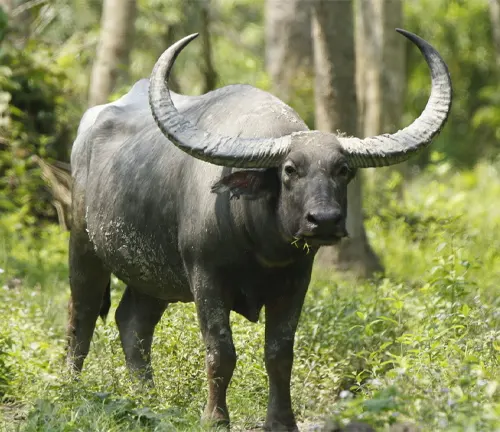
Wild Water Buffaloes are social animals, typically forming herds led by a dominant female, comprising other females, their calves, and young males. Adult males tend to lead more solitary lives or occasionally gather in smaller bachelor groups. The social structure within these herds is vital for their survival, providing protection against predators and a structured approach to grazing and navigating through their aquatic habitats.
| Specification | Detail |
|---|---|
| Scientific Name | Bubalus arnee |
| Common Name | Wild Water Buffalo |
| Weight | Males: 700 to 1200 kg; Females: Less than males |
| Body Length | Around 3 meters (including head) |
| Shoulder Height | Approximately 1.5 to 1.9 meters |
| Horn Span | Up to 2 meters or more |
| Coat Color | Predominantly grey or black |
| Lifespan | About 25 years in the wild |
| Diet | Herbivorous, mainly grasses and herbs |
| Habitat | Wet grasslands, floodplains, swamps |
| Distribution | Parts of India, Nepal, Bhutan, Thailand |
| Social Structure | Herds led by a dominant female, solitary or small groups for adult males |
| Conservation Status | Endangered (IUCN) |
| Threats | Habitat loss, poaching, competition with domestic buffaloes |
| Role in Ecosystem | Maintaining open grasslands and wetlands, shaping vegetation |
The Mystical World of the Wild Water Buffalo (Bubalus arnee)
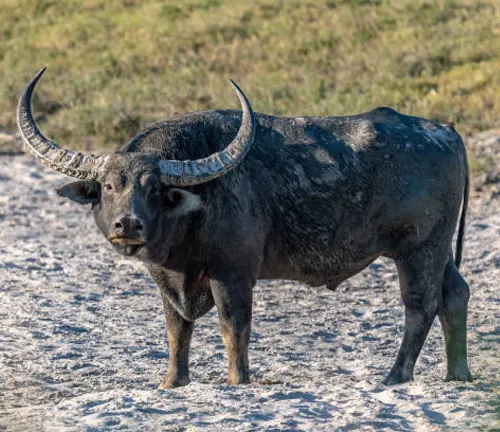
The Wild Water Buffalo (Bubalus arnee) is a majestic creature that has roamed the earth for centuries. Often overshadowed by its domestic counterpart, this animal boasts a unique charm and significance that deserves our attention.
History and Origin
Tracing its roots back to the dawn of time, the Wild Water Buffalo has an evolutionary tale as intriguing as its physical prowess. Its historical significance is woven into the fabric of many ancient cultures.
Physical Characteristics
With its imposing size and distinctive features, the Wild Water Buffalo commands respect. This section delves into the details of its appearance, highlighting what sets it apart from other species.
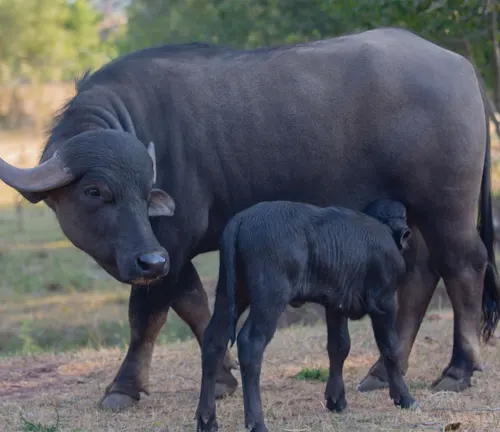

Habitat and Distribution
From dense forests to marshy lands, the geographic range of these buffaloes is a testament to their adaptability. Understanding their preferred habitats is crucial for their conservation.
Diet and Feeding Habits
What does a day in the life of a Wild Water Buffalo look like, especially at meal times? Here, we explore their diet and unique feeding behaviors.
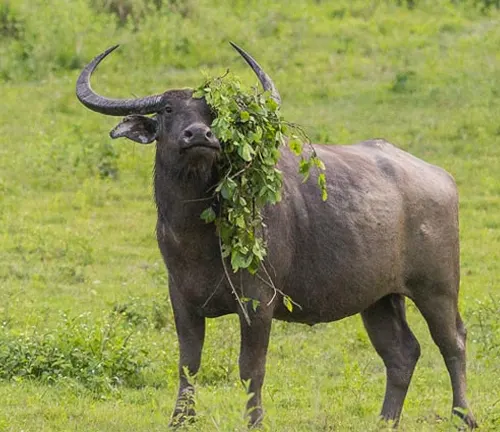
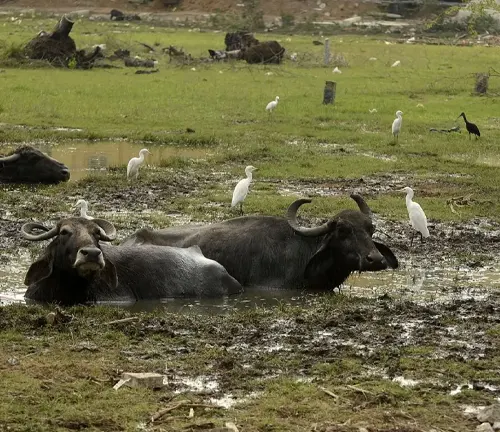
Reproductive Behavior
The circle of life continues with the Wild Water Buffalo’s fascinating mating rituals and the rearing of their young, a vital aspect of their survival.
Social Structure
Dive into the complex world of herd dynamics and social interactions that govern the life of these magnificent creatures.
Conservation Status
Sadly, the Wild Water Buffalo faces several threats that jeopardize its existence. This section sheds light on these challenges and the ongoing efforts to conserve this species.
Human Interaction
From revered to utilized, the relationship between humans and Wild Water Buffaloes has evolved over time. This part explores their historical significance and current role in agriculture.
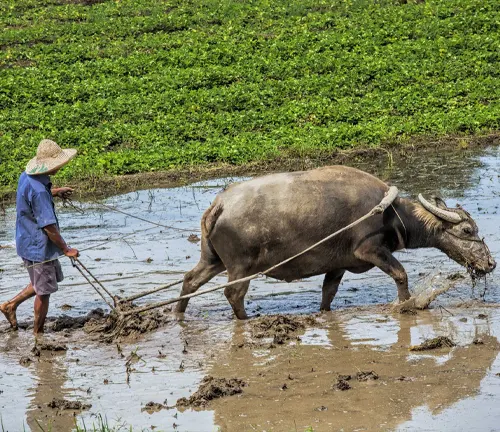
Cultural Significance
Beyond their physical presence, Wild Water Buffaloes hold a place of symbolism and importance in various cultures around the world.
Behavioral Adaptations
Survival in the wild is no easy feat. Here, we examine the adaptive behaviors that have enabled the Wild Water Buffalo to thrive in its natural environment.

Challenges in the Wild
From natural predators to environmental threats, the Wild Water Buffalo faces numerous challenges in its natural habitat.
Different Species
Domestic Water Buffalo
(Bubalus bubalis)
This is the most well-known species related to the Wild Water Buffalo. Domesticated thousands of years ago, it is widely used for milk production, meat, and as a draft animal. The Domestic Water Buffalo is found in many parts of the world, including Asia, Europe, South America, and Australia.
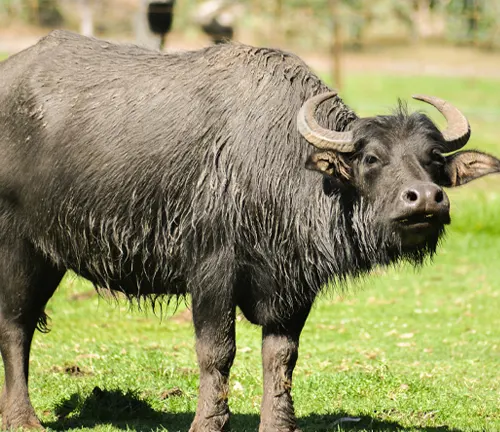
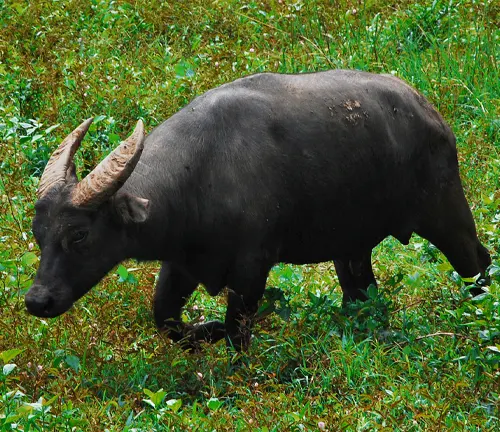
Tamaraw
(Bubalus mindorensis)
A small, critically endangered buffalo species found only on the island of Mindoro in the Philippines. It is much smaller than the Wild Water Buffalo and has a distinct V-shaped horn structure.
Anoa
This group includes two species, the Lowland Anoa (Bubalus depressicornis) and the Mountain Anoa (Bubalus quarlesi). These are small buffaloes native to the islands of Sulawesi and Buton in Indonesia. Anoas are known for their smaller size compared to other buffalo species.
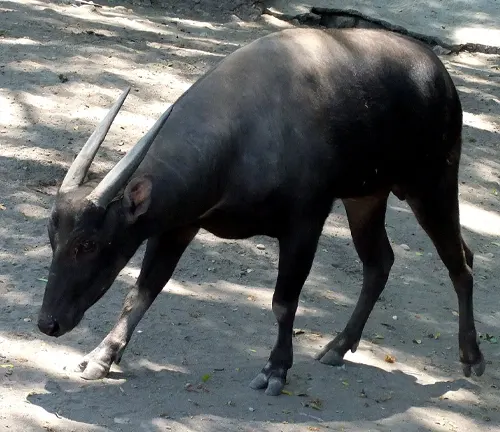
Cebu Dwarf Buffalo (Bubalus cebuensis): This species is extinct and was once native to the island of Cebu in the Philippines. It’s known only from fossil remains.
Frequently Asked Question (FAQs)
- What is a Wild Water Buffalo?
The Wild Water Buffalo is a large bovine native to South Asia, known for its massive size, large horns, and predominantly grey or black coat. - Where can Wild Water Buffaloes be found?
They are primarily found in parts of India, Nepal, Bhutan, and Thailand, inhabiting wet grasslands, floodplains, and swamps. - What do Wild Water Buffaloes eat?
As herbivores, they primarily feed on grasses and herbs. - How big can a Wild Water Buffalo get?
Adult males typically weigh between 700 to 1200 kilograms, with horns that can span over 2 meters. - Are Wild Water Buffaloes dangerous?
They are generally not aggressive towards humans but can be dangerous if threatened or provoked due to their size and strength. - What is the social structure of Wild Water Buffaloes?
They live in herds led by a dominant female, with herds consisting of females, calves, and some sub-adult males. Adult males often live solitary or in small bachelor groups. - Why are Wild Water Buffaloes endangered?
Their population is declining due to habitat loss, poaching, and competition with domestic buffalo breeds. They are classified as endangered by the IUCN. - What efforts are being made to conserve Wild Water Buffaloes?
Conservation efforts include habitat preservation, anti-poaching measures, and preventing hybridization with domestic buffaloes. - Can Wild Water Buffaloes be domesticated?
While related to domestic buffalo, Wild Water Buffaloes are not typically domesticated due to their wild nature and conservation status. - What is the difference between a Wild Water Buffalo and a Domestic Water Buffalo?
The Wild Water Buffalo is a distinct species, larger and more robust, and adapted to living in the wild. In contrast, the Domestic Water Buffalo (Bubalus bubalis) has been domesticated for thousands of years for agricultural purposes.



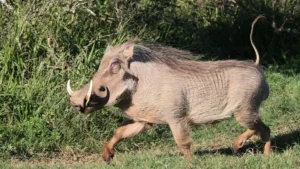
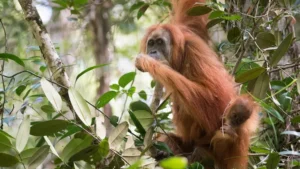

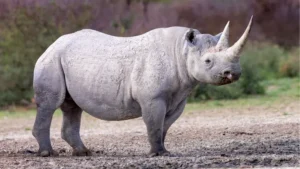
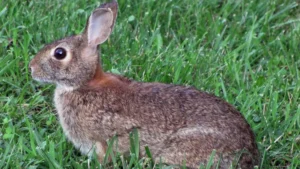




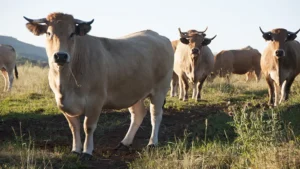
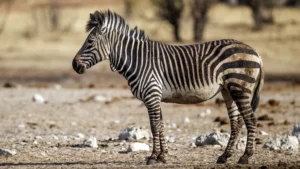
Leave your comment